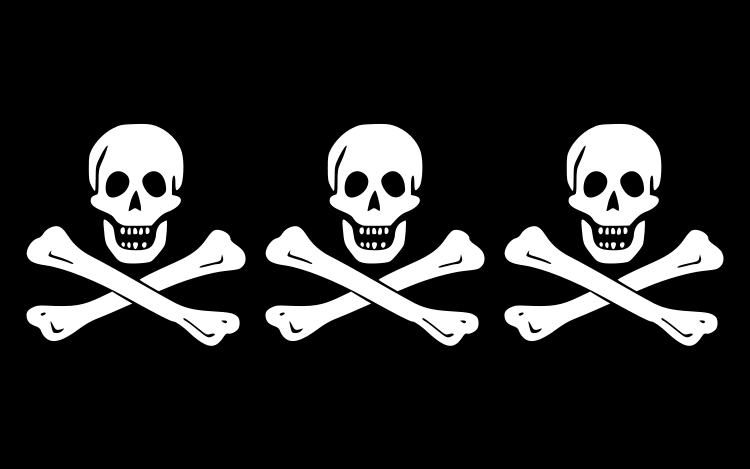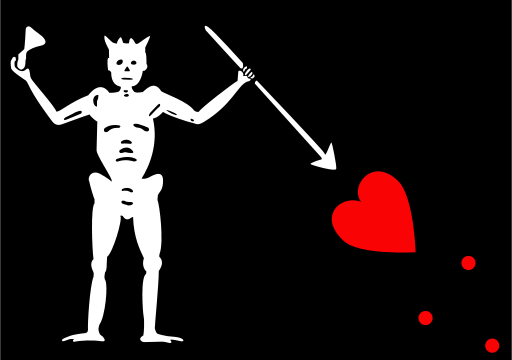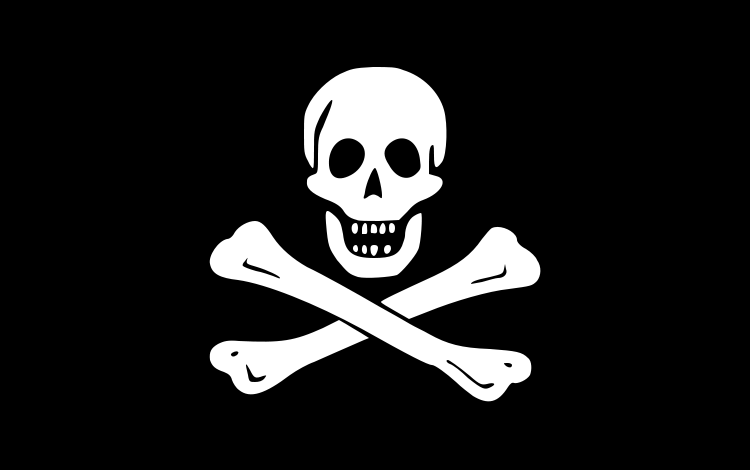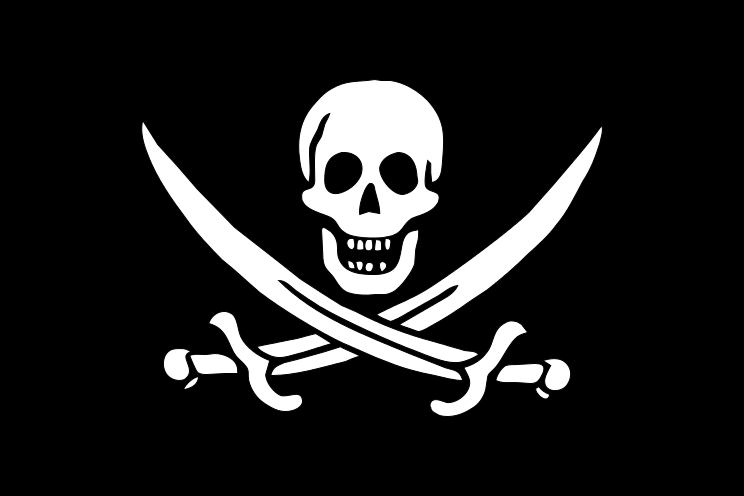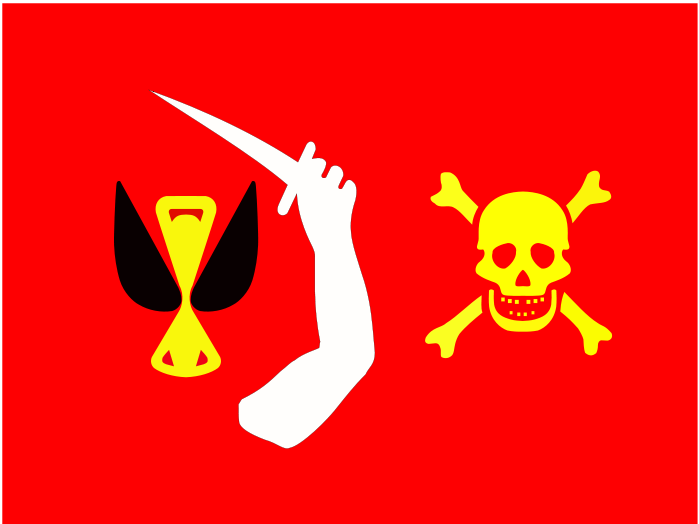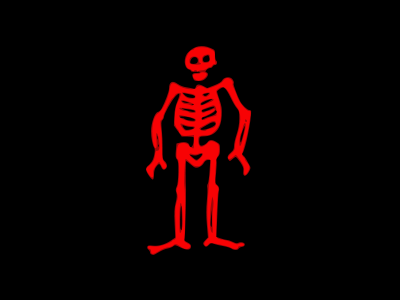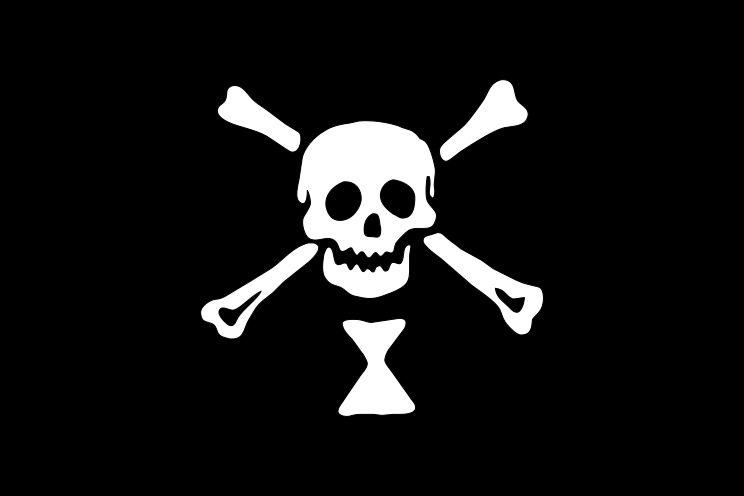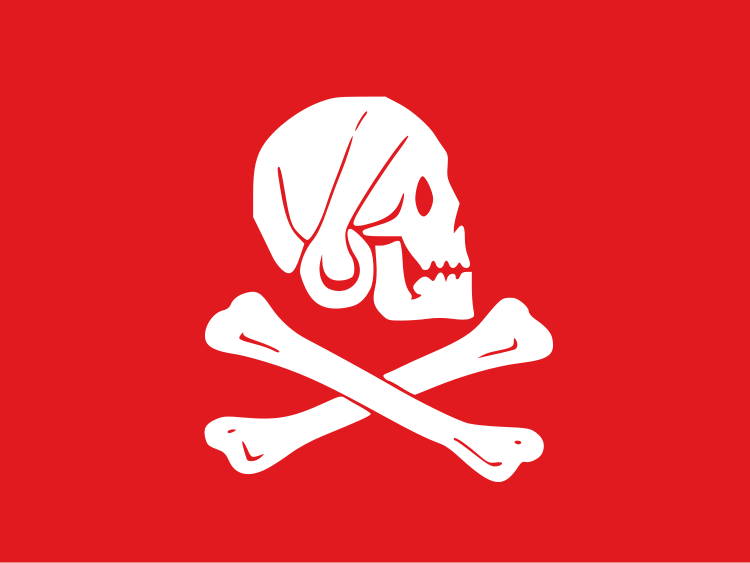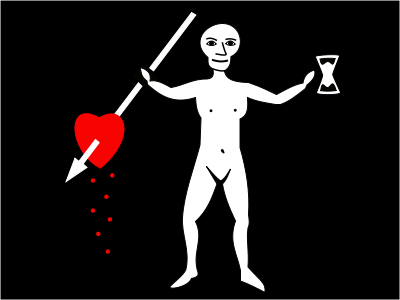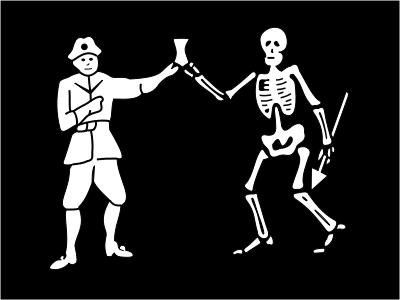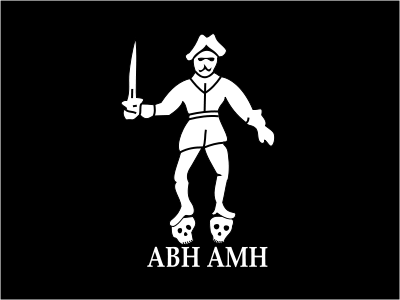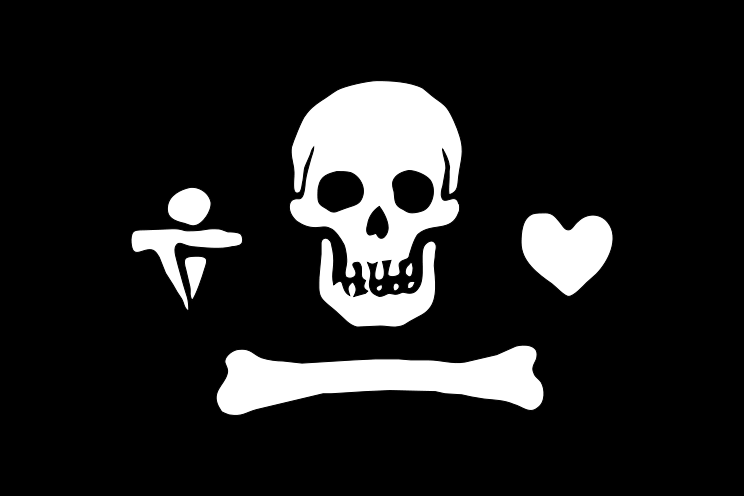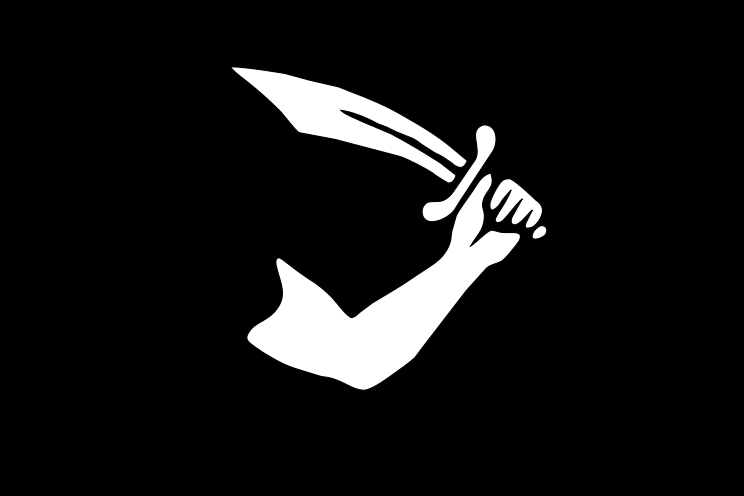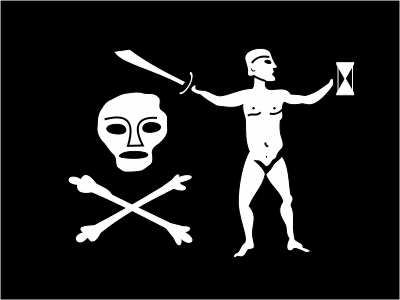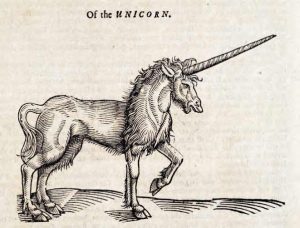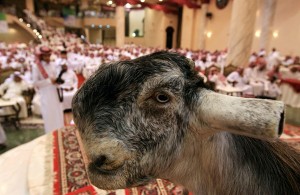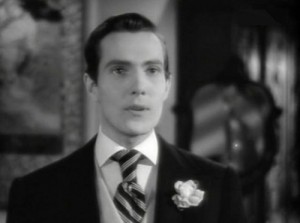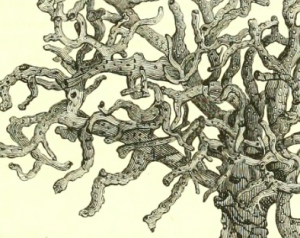14 Versions Of The Jolly Roger Flag
The Jolly Roger is probably the most famous, non-country-specific, flag in the Western world. I have to admit, though, I didn’t realise there was more than one design of the Jolly Roger.
It does makes sense that there was a variety; after all, pirates were marauding gents (and some ladies) who prided themselves on not toeing the company line, so they were bound to want their own design.
The most well-known Jolly Roger, was used widely. In the 1710s, during the “Golden Age of Piracy,” a number of pirate captains, including “Black Sam” Bellamy, Edward England, and John Taylor, all rode under it. The flag went on to become the most commonly used pirate flag during the 1720s.
The name “Jolly Roger” was first coined by Charles Johnson in his book A General History of the Pyrates, published in Britain in 1724. According to him, Bartholomew Roberts and Francis Spriggs both used the name Jolly Roger when referring to their flag. Both flags were quite different in design (neither with skull nor cross bones), so we can safely assume that the name “Jolly Roger” was already in common use by then.
In the early 1700s, Jolly Roger was a generic term used to describe a man who was care free. It is thought that the skeleton which adorns the flag was referred to as Jolly Roger and took over in common parlance.
Another link is that “Old Roger” was a term for the devil, so that fits into the mix too.
Below are a few of the designs that were used during the main era of piracy. There are some real ripping designs. It makes you wonder why they don’t get the same kind of press as the standard Jolly Roger?
Black Beard
Black Beard, AKA Edward Teach, is one of the most famous pirates of all time, if you exclude Jack Sparrow, which you should, because he didn’t exist. Edward Teach was born around 1680, probably in Bristol.
Perhaps surprisingly, there are no records of him having injured any of his captives. Black Beard relied on his fearsome appearance to get his job done and fearsome he certainly was.
Johnson (1724) described him as:
“Such a figure that imagination cannot form an idea of a fury from hell to look more frightful.”
He wore his thick black beard long and styled it into multiple braids tied with ribbons.
Richard Worley
Richard Worley is credited as one of the first pirates to fly the original version of the skull and crossbones pirate flag.
Calico Jack
John Rackham, commonly known as Calico Jack was an English pirate captain who operated in Cuba and the Caribbean.
He is most famous for the design of his Jolly Roger flag, which helped make the flag famous. He is also famous for having a couple of female pirates aboard his ship: Mary Read and Ann Bonnie.
Rackham was eventually captured whilst drunk out of his mind. He was tried and executed in Jamaica.
Christopher Condent
Christopher Moody
Christopher Moody was most famous for his weird flag and for taking no prisoners, i.e. he killed all he captured. He is believed to have pirated off the coast of North and South Carolina sometime between 1713 and 1718.
The hourglass with wings represented his victim’s time flying away. Nice touch.
Edward Low
Low was born into poverty in Westminster, London, around 1690. He was a thief from an early age. His wife died in childbirth in 1791 and two years later he was off to sea to become a pirate.
He had a fleet of three or four ship and, during his short career, he captured at least a hundred boats, which he almost always razed to the ground… well, sea.
Low’s reputation was a dark one. He was renowned for torturing his victims before finally despatching them. One story tells of him burning a ship’s cook alive, declaring he was a “greasy fellow who would fry well.” Another tale has Low personally killing 53 Spanish prisoners with his cutlass. In another case, he cut of a man’s lips, broiled them and forced him to eat them in front of him.
Of course, stories can become exaggerated overtime. But even his loyal crew described him as a “maniac and a brute”.
Historian Edward Leslie referred to Edward Low as a psychopath with a history filled with “mutilations, disembowelings, decapitations, and slaughter.”
Emanuel Wynn
Emanuel Wyn is often considered the first pirate to fly the Jolly Roger.
Henry Every
Henry Every, also known as Long Ben, was an English pirate in the mid-1690s. He was most well known for being one of the very few major pirate captains to retire with his loot without being arrested or killed in battle.
His career only spanned two years, but in that time he pulled off what has been called the most profitable pirate raid in history. Riding at the head of a platoon of pirate vessels he successfully intercepted the Mughal fleet on its journey to Mecca.
Every lost a lot of men, but won himself around £600,000 in precious metals and jewels. In those days that was a sum worth stealing. It still is, I guess.
John Phillips
Initially, Phillips was a ship’s carpenter. An honest trade. But when his ship was taken over by pirates, he was forced to join up. Pirates would often second skilled workers.
John Phillips’ piratical career began in earnest in 1723 when he stole his first boat.
His entire career spanned just 8 months before he was captured and executed. But during this short life as a pirate, he managed to capture no less than 35 ships.
Bartholomew Roberts
Bartholomew Roberts was born in 1682 in Pembrokeshire. Not too much is known of his early life, but history picks him up in 1718 as the mate of a Barbados sloop.
Howell Davis, a pirate of some standing, also born in Pembrokeshire, took over a vessel which Roberts was riding in. He was forced into a life of piracy. Davis picked up on Roberts’ navigating skills, and consulted him regularly. They would speak in Welsh so that the rest of the crew had no idea what was going on.
Whilst pirating, Roberts had two flags. The new flag showed him standing on two skulls, the first represents a Barbadian’s head (ABH) and the second, a Martinican’s head (AMH) – two islands he was particularly annoyed with:
Initially he wasn’t too pleased about his enforced life of crime, but it seems he soon warmed to it:
“In an honest service there is thin commons, low wages, and hard labour. In this, plenty and satiety, pleasure and ease, liberty and power; and who would not balance creditor on this side, when all the hazard that is run for it, at worst is only a sour look or two at choking? No, a merry life and a short one shall be my motto.”
Roberts voyaged far and wide from West Africa, to the Caribbean, to Brazil. Eventually he was killed by grapeshot to the throat. His crew mates weighted his body with stones, wrapped him in a sail and threw him overboard.
Stede Bonnet
Stede Bonnet was an early 18th-century Barbadian pirate, sometimes called “The Gentleman Pirate” because he was a moderately wealthy landowner before turning to a life of crime.
He was eventually sentenced to death. In his final days, he wrote to Governor Johnson in Carolina, asking for clemency. He promised to have his own arms and legs cut off as assurance that he would never again commit piracy.
The odd effort failed and he was hung.
Thomas Tew
Thomas Tew, also known as the Rhode Island Pirate, was a 17th-century English privateer-turned-pirate. He embarked on only two major piratical voyages, and he met a bloody death on the latter journey.
Tew was disembowelled by cannon shot whilst assisting in the capture of a Mughal vessel with Henry Every mentioned above.
Walter Kennedy
Walter Kennedy, born c. 1695 in Wapping, London was another early 18th century pirate of note. His formative years were spent pickpocketing, house-breaking and working with his father who was an anchor smith.
When Kennedy’s father died, he set off to sea with the Royal Navy. Whilst on the open waves he heard tales of pirates and dreamt of becoming one. So he did.
Eventually, due to his general lack of skills, he headed for Ireland but found himself shipwrecked in Scotland. His crew were arrested but he managed to slip off to Dublin. Kennedy spent all of his money in Dublin before opening a brothel in Deptford.
One of his prostitutes accused him of theft and he was imprisoned. Whilst behind bars, he bumped into the mate of a ship he had once stolen. The mate dobbed him in and off to to the gallows he went.
Unlucky.
MORE PIRATES:
JEANNE DE CLISSON THE LIONESS OF BRITTANY

